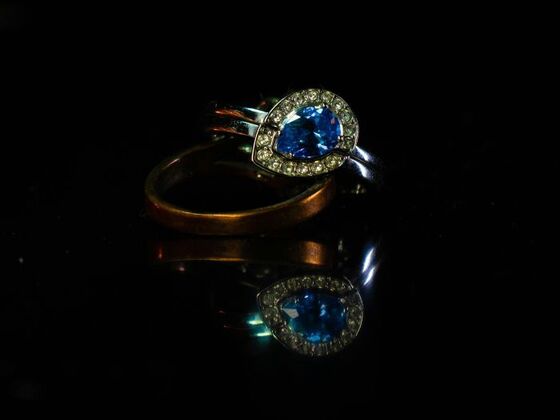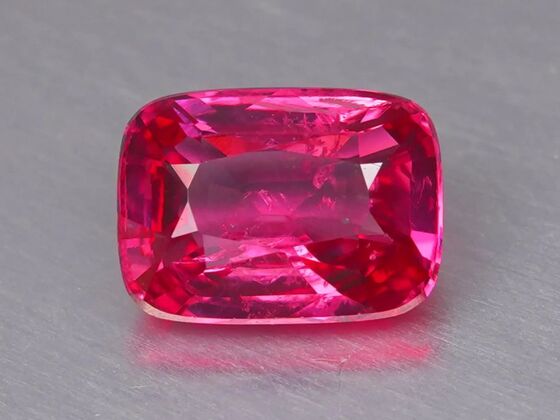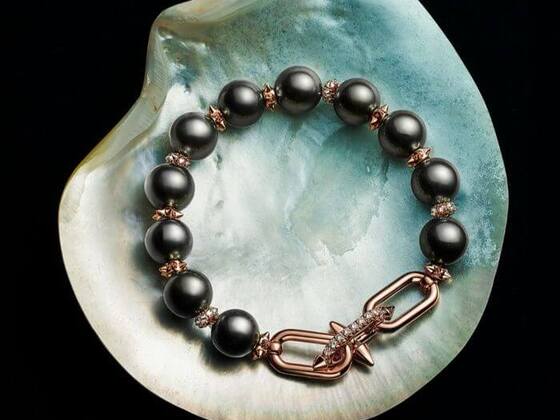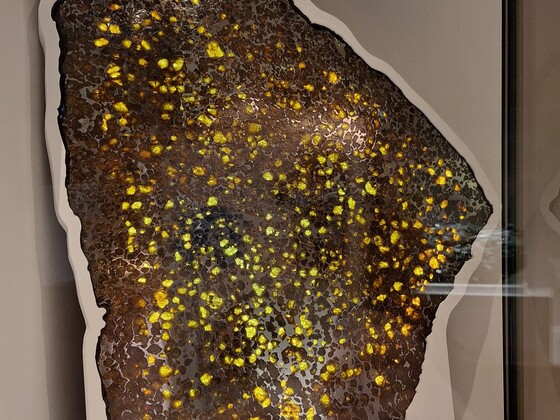Sterling silver is one of the most popular and beloved metals in the world of jewellery and decorative arts. Its beautiful shine and affordability make it a favourite choice for many. But what exactly is this metal? How is it different from pure silver or other metals? This article will explore everything you need to know about it and how it compares to other metals.
This metal is not pure silver. Pure silver, also called fine silver, is very soft. It bends and scratches easily. That makes it hard to use for everyday items.
To strengthen silver, jewellers mix it with other metals. The most common mix is 92.5% silver and 7.5% copper. This specific alloy gives silver its durability. You might see the number “925” stamped on items made from it. That number means the piece is 92.5% real silver.
Copper makes the alloy stronger and more durable. This means your favourite ring or necklace can last much longer. It also has a bright, shiny look. It catches the light and looks stunning in any setting.
However, this alloy can tarnish over time. Tarnish is a dark layer that forms on the surface. It happens because the copper reacts with air and moisture. The good news? Tarnish can be cleaned off easily with a soft cloth or special silver cleaner.

How Does Sterling Silver Compare to Other Metals?
There are many metals used in jewellery and household items. Each has its strengths and weaknesses. Let’s see how this popular silver alloy stacks up.
Compared to Pure Silver
Pure silver is 99.9% silver. It is very soft and can bend or scratch with little effort. The alloy, with its added copper, is much stronger. That’s why most jewellery and silverware are made from the alloy, not pure silver.
Compared to Silver-Plated Items
This alloy is solid all the way through. Silver-plated items only have a thin layer of silver on top. Underneath, there is a different, cheaper metal. Over time, the silver layer can wear off. When that happens, the base metal shows through. The alloy does not have this problem.
Compared to Stainless Steel
Stainless steel is a very tough metal. It does not tarnish, and it is hard to scratch. But it does not have the same shine and value as this silver alloy. Stainless steel is cheaper and often used for everyday cutlery and jewellery.
Compared to Gold, Platinum, and Palladium
Gold is a precious metal. It does not tarnish and is valued for its rich colour. Gold jewellery is often more expensive than sterling silver. Platinum and palladium are also precious metals. They are robust and do not tarnish. These metals are usually more expensive than both gold and silver.
Sterling silver is a great middle ground. It is more affordable than gold and platinum, and it is also beautiful and strong enough for daily use.
Why Choose Sterling Silver?
Sterling silver has many benefits. Here are a few reasons people love it:
- It is affordable. You get the look of a precious metal without the high price.
- It is durable. With proper care, sterling silver can last for generations.
- It is versatile. Jewellers can create detailed and delicate designs with it.
- It is valuable. Sterling silver holds its value better than base metals.
Sterling silver is also easy to care for. If it tarnishes, a quick polish will bring back its shine. Many people love the way sterling silver develops a soft, antique look over time.
Conclusion
Sterling silver is an excellent choice for jewellery, tableware, and more. It is stronger than pure silver and more valuable than silver-plated items. It offers a beautiful shine and timeless appeal. While it can tarnish, it is easy to clean and care for. This means it gives you the best of both worlds: beauty and durability at a price you can love. If you want something special, sterling silver is always a wise choice.
If you’re interested in learning more about investing in silver, be sure to check out our detailed guide: How to Start Investing in Physical Gold and Silver. This article covers everything you need to know to get started, from choosing the right products to secure storage and insurance tips. It’s the perfect next step for anyone curious about adding precious metals to their investment portfolio.
If you enjoyed this article about sterling silver, don’t miss the other fascinating reads in our Gemstone Encyclopedia. Explore a wealth of information on gemstones, precious metals, and jewellery to deepen your knowledge and help you make informed choices for your collection or next purchase!
References
- Giva (22 July 2024). What is the Difference Between Sterling Silver and 925 Silver?
- MachineMFG (15 January 2025). Silver Plated vs Sterling Silver: A Comprehensive Comparison

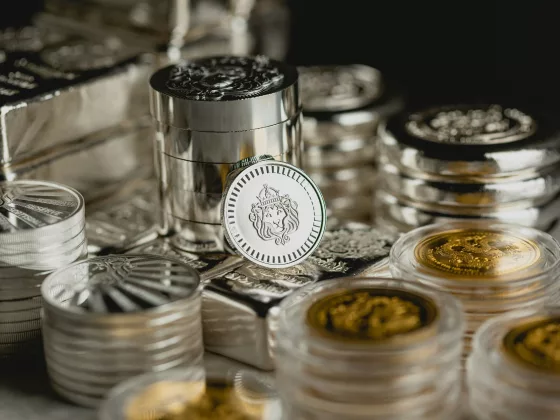
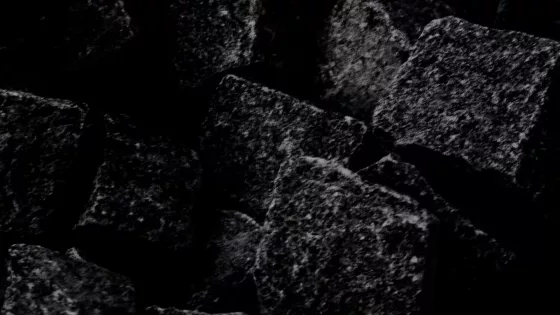
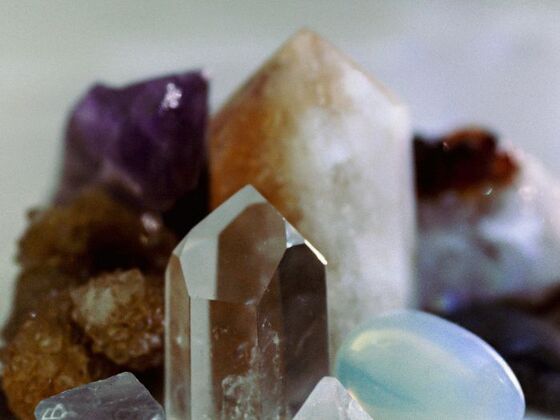
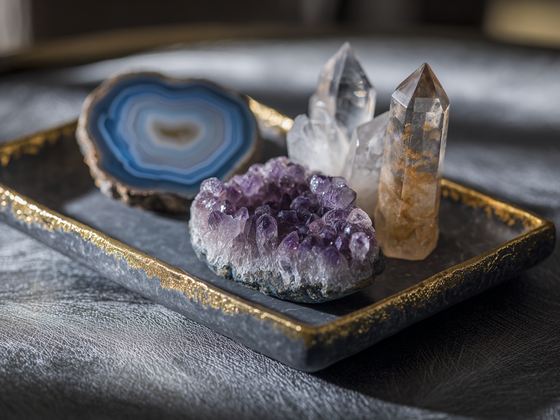

![Pigment analysis of Raphael's masterpiece[7][8] reveals the usual pigments of the renaissance period such as malachite mixed with orpiment in the green drapery on top of the painting, natural ultramarine mixed with lead white in the blue robe of Madonna and a mixture of lead-tin-yellow, vermilion and lead white in the yellow sleeve of St Barbara.](https://gemstonesinsider.com/wp-content/uploads/2025/09/Raphael-Madonna_Sistine_sm-560x420.jpg)
